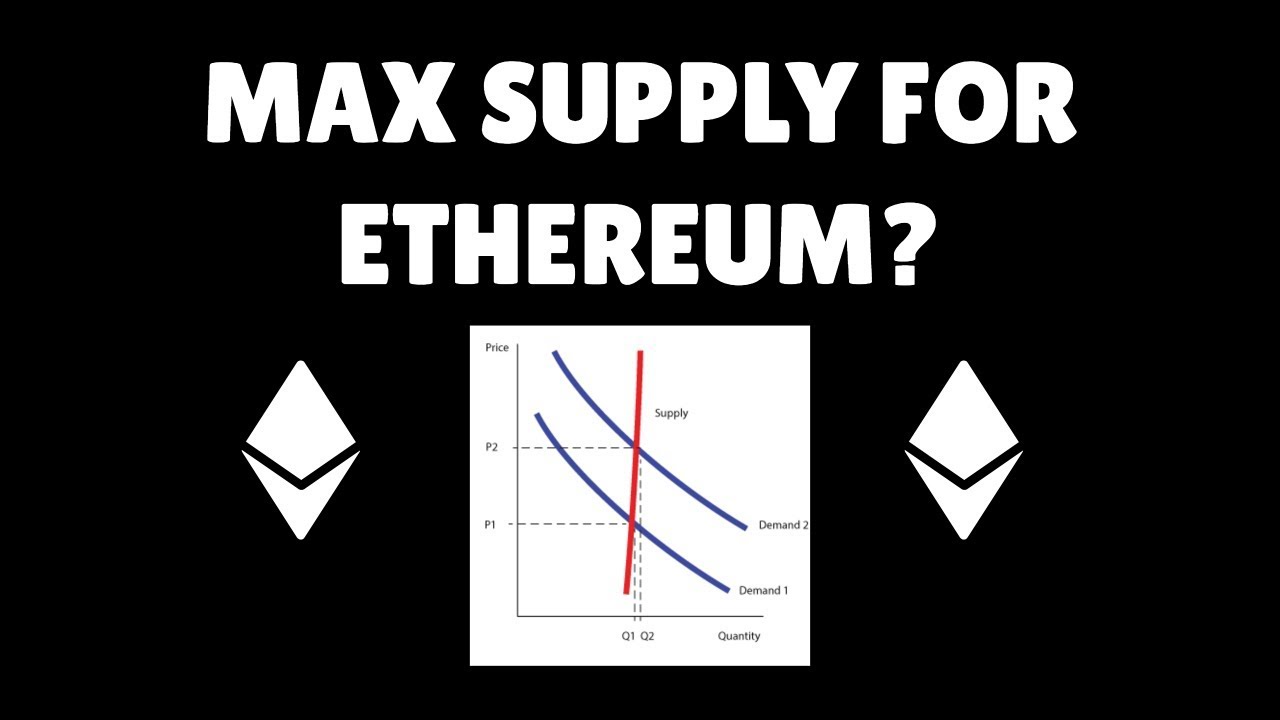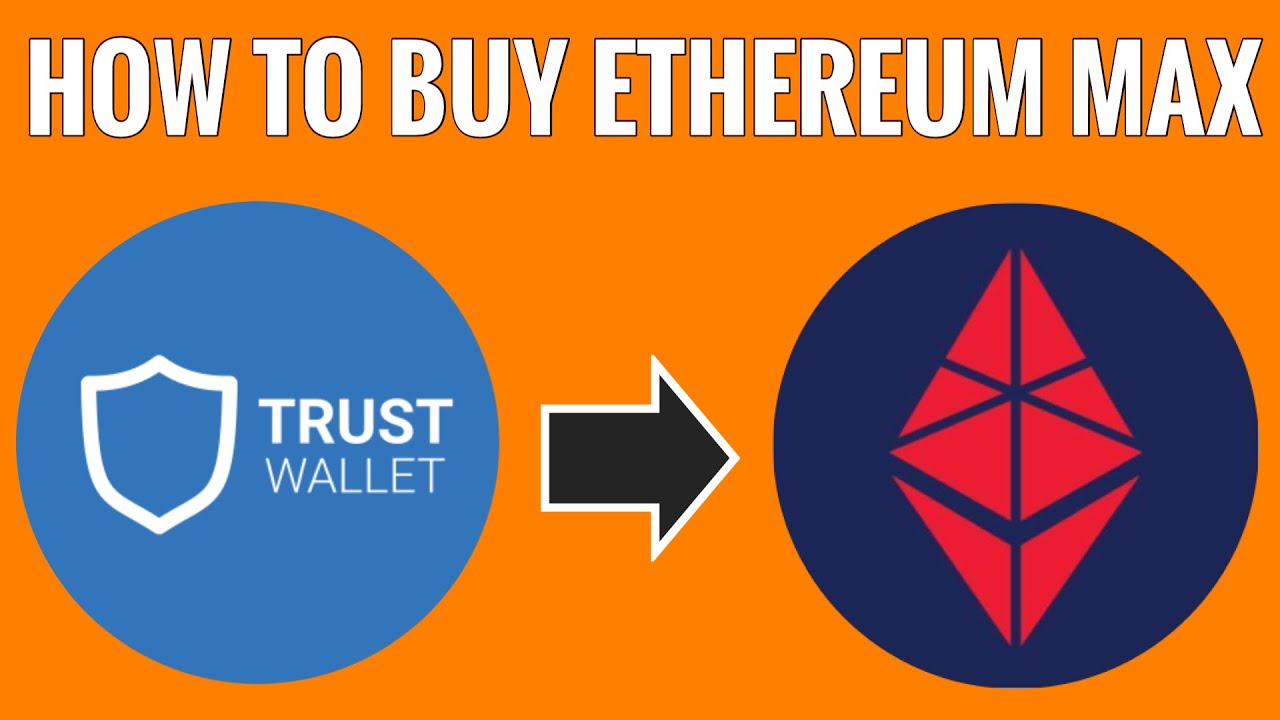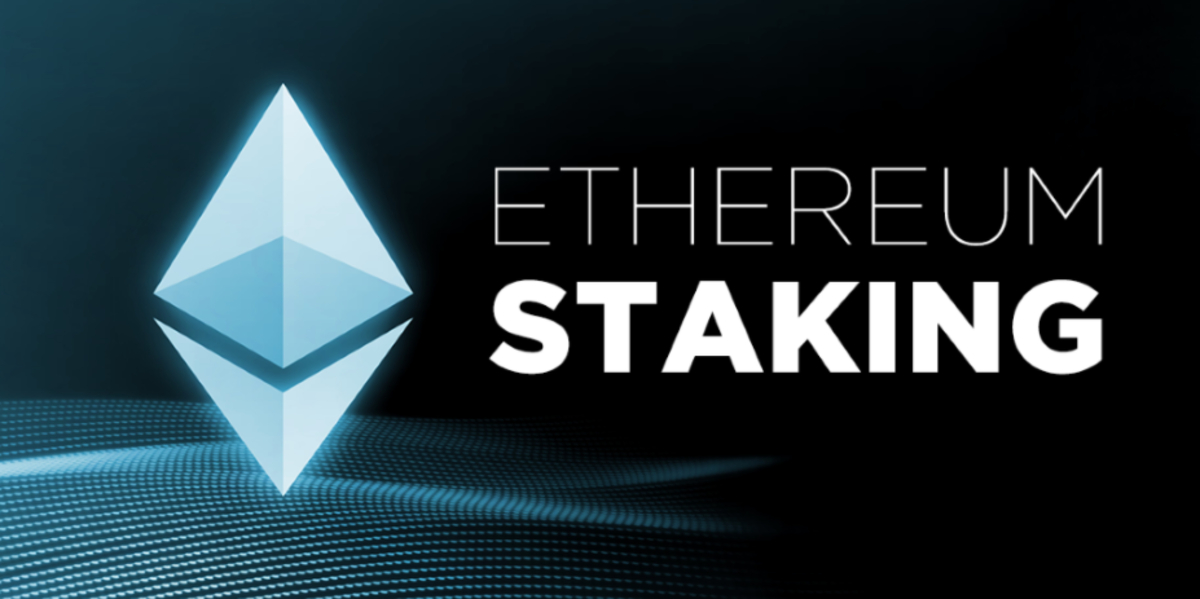Introduction
Welcome to the world of Ethereum, the revolutionary blockchain platform that has captivated the attention of tech enthusiasts and investors alike. At the core of Ethereum lies its native cryptocurrency, Ether (ETH), which powers the platform and enables users to perform various transactions and execute smart contracts.
But have you ever wondered about the maximum supply of Ethereum? What exactly does it mean and why is it important? In this article, we will explore the concept of max supply in the context of Ethereum and shed light on its significance in the crypto space.
Ethereum, created by the brilliant mind of Vitalik Buterin, was launched in 2015. It was designed as a decentralized platform with the aim of enabling developers to build and deploy smart contracts and decentralized applications (Dapps). Since its inception, Ethereum has gained widespread adoption and become the second-largest cryptocurrency by market capitalization.
Now, let’s delve into the concept of max supply and understand its role in the Ethereum ecosystem.
What is Ethereum?
Ethereum is a decentralized blockchain platform that enables developers to build and deploy smart contracts and decentralized applications (Dapps). Unlike Bitcoin, which primarily serves as a digital currency, Ethereum goes beyond simple transactions and offers a wide range of possibilities for developers and users.
At its core, Ethereum operates on a decentralized network of computers, known as nodes, that collectively validate and record transactions and execute smart contracts. These smart contracts are self-executing agreements stored on the blockchain, eliminating the need for intermediaries and providing a more secure and transparent way of conducting business.
One of the key innovations of Ethereum is its Turing-complete programming language, which allows developers to create complex applications and execute arbitrary computations on the blockchain. This opens up a world of possibilities for creating decentralized applications across various industries, including finance, supply chain management, gaming, and more.
Ethereum’s native cryptocurrency, Ether (ETH), is used to power the platform and incentivize participants to perform computational work and secure the network. Ether can be bought, sold, and used as a medium of exchange for goods and services within the Ethereum ecosystem.
Furthermore, Ethereum introduced the concept of ERC-20 tokens, which are unique assets issued on the Ethereum blockchain. These tokens can represent anything from digital currencies to virtual assets, and they have played a significant role in the proliferation of Initial Coin Offerings (ICOs), which allow startups to raise funds by selling their custom tokens.
Overall, Ethereum has revolutionized the blockchain industry by offering a more versatile and programmable platform that goes beyond simple transactions. Its open-source nature and collaborative community have made it a breeding ground for innovation, attracting developers and entrepreneurs from around the world.
What is Max Supply?
Max supply refers to the total number of coins or tokens that will ever exist for a particular cryptocurrency. It represents the upper limit of the available supply and is predetermined by the cryptocurrency’s protocol or rules.
For example, Bitcoin has a max supply of 21 million coins. This means that once 21 million Bitcoins have been mined, no more new Bitcoins will be created. Similarly, Ethereum has its own max supply, defining the total number of Ether (ETH) tokens that can ever exist.
The concept of max supply is important because it establishes scarcity and can impact the value and utility of a cryptocurrency. Limited supply can create a sense of rarity, increasing demand and potentially driving up the price. Additionally, it provides a predictable inflation rate, ensuring that the cryptocurrency retains its value over time.
Max supply is often contrasted with circulating supply, which represents the number of coins or tokens that are currently available and in circulation. While max supply sets a cap on the total number of coins, circulating supply can change over time as new coins are minted or existing coins are burned or destroyed.
It’s worth noting that not all cryptocurrencies have a maximum supply. Some cryptocurrencies have an infinite or uncapped supply, where new coins are continuously created. This can have implications on the scarcity and value of the cryptocurrency, as an unlimited supply can potentially lead to inflation and devaluation.
Max supply is typically determined during the initial creation of a cryptocurrency, often through a process called a “genesis block.” Once established, it cannot be changed unless the cryptocurrency’s protocol undergoes a hard fork or other significant updates.
In the next section, we will explore the specific max supply of Ethereum and its implications in the cryptocurrency market.
Max Supply of Ethereum
Ethereum, unlike Bitcoin, does not have a predetermined maximum supply. In other words, there is no hard cap on the number of Ether (ETH) tokens that can ever exist. This design choice was intentional and aims to support the functionality and usability of the Ethereum platform.
At the time of writing, the Ethereum network operates on a system called Proof of Stake (PoS) known as Ethereum 2.0. This means that instead of relying on energy-intensive mining, validators can secure the network and earn rewards by holding and “staking” their Ether. The transition to Ethereum 2.0 aims to improve scalability, reduce energy consumption, and enhance security.
Under the Ethereum 2.0 model, new Ether is not created through mining, but rather through the staking process. Validators lock up their existing Ether as collateral, and in return, they have the opportunity to validate transactions and earn newly minted Ether as a reward. As the network grows and more validators participate, the circulating supply of Ether may increase.
While there is no hard cap on the maximum supply of Ether, there are mechanisms in place to manage inflation. These include a mechanism called the Ethereum Improvement Proposal (EIP) 1559, which is scheduled to be implemented in the near future. EIP-1559 aims to introduce a fee burning mechanism that will potentially reduce the supply of Ether and mitigate inflationary pressure.
Without a fixed max supply, the total number of Ether in circulation is influenced by various factors, including the rate of staking participation, the demand for Ether, and the effectiveness of mechanisms such as fee burning. These factors can impact the value and scarcity of Ether, as well as the overall dynamics of the Ethereum ecosystem.
It’s important to note that the lack of a hard cap on max supply has generated debates and discussions within the cryptocurrency community. Some argue that a capped supply enhances the store of value aspect of a cryptocurrency, while others believe that the absence of a cap allows for greater flexibility and adaptability.
As Ethereum continues to evolve, its supply dynamics are subject to change. It’s a unique and dynamic system that sets it apart from other cryptocurrencies with fixed maximum supplies.
In the next section, we will explore the factors that can influence the max supply of Ethereum and the benefits it brings to the ecosystem.
Factors that Affect Max Supply
While Ethereum does not have a fixed maximum supply, several factors can influence the overall supply dynamics of Ether (ETH) tokens on the network. These factors play a crucial role in determining the rate of token creation and the circulation of Ether within the Ethereum ecosystem. Let’s explore the key factors that affect the max supply of Ethereum:
1. Staking Participation: As Ethereum transitions to the Ethereum 2.0 Proof of Stake (PoS) consensus mechanism, the participation of validators in staking their Ether becomes essential. The more validators that stake their Ether, the higher the rate of token creation as rewards for validating transactions. Conversely, if fewer validators participate, the rate of token creation may be lower, affecting the supply dynamics.
2. Demand for Ether: The demand for Ether in the market has a direct impact on its supply dynamics. If the demand for Ether increases, it may drive up its price and encourage more stakeholders to stake their Ether, resulting in a higher rate of token creation. Conversely, if the demand for Ether decreases, it may slow down the rate of token creation.
3. Fee Burning Mechanisms: The implementation of Ethereum Improvement Proposal (EIP) 1559, which introduces a fee burning mechanism, can affect the supply of Ether. When users pay transaction fees, a portion of those fees is burned or permanently removed from circulation, potentially reducing the overall supply of Ether over time. This mechanism can help mitigate inflationary pressure and positively impact the supply dynamics.
4. Network Upgrades: Future network upgrades and protocol changes could introduce mechanisms that directly impact the max supply of Ethereum. These upgrades may include changes to the staking rewards structure, fee burning mechanisms, or other mechanisms that affect the rate of token creation and circulation.
5. Community Governance: The Ethereum community plays a crucial role in shaping the future of the network. Decisions regarding the supply dynamics and potential changes to the max supply of Ethereum are often made through community governance processes. These decisions require consensus among community members and can impact the overall supply dynamics of Ether.
It’s important to note that these factors are not static and may evolve over time as Ethereum continues to develop and adopt new features. The design of Ethereum allows for flexibility in adapting to changing market conditions and ensuring the sustainable growth of the platform.
In the next section, we will explore the benefits of not having a fixed max supply in the Ethereum ecosystem.
Benefits of Max Supply
While Ethereum does not have a fixed maximum supply, this design choice offers several benefits to the Ethereum ecosystem and its participants. Let’s delve into the advantages of not having a fixed max supply:
1. Flexibility and Adaptability: The absence of a fixed max supply allows Ethereum to be more flexible and adaptable to changing market conditions. The supply dynamics can be adjusted based on factors such as staking participation, demand for Ether, and network upgrades. This flexibility enables the Ethereum network to respond to evolving needs and maintain a sustainable ecosystem.
2. Inflation Management: With no hard cap on max supply, Ethereum can implement mechanisms to manage inflation effectively. This includes fee burning mechanisms like Ethereum Improvement Proposal (EIP) 1559, which permanently removes a portion of transaction fees from circulation. By reducing the supply of Ether, the network can mitigate inflation and maintain the value of the currency over time.
3. Encourages Participation: The absence of a fixed max supply encourages stakeholders to participate in the Ethereum network. Validators are incentivized to stake their Ether and contribute to the security and validation of transactions. This participation enhances the decentralized nature of Ethereum, fosters community engagement, and strengthens the network’s overall integrity.
4. Economic Stability: The absence of a fixed max supply can contribute to economic stability within the Ethereum ecosystem. A predictable inflation rate and the ability to adjust supply dynamics based on market conditions can help prevent extreme price fluctuations and promote a more stable environment for users, investors, and developers.
5. Scalability: The absence of a fixed max supply also allows for scalability in the Ethereum ecosystem. As the network grows and new applications are developed, the ability to increase the supply of Ether through mechanisms like staking rewards can support the expanding demand and usage. This scalability is crucial for Ethereum to continue its mission of being a global decentralized platform.
It is important to note that the benefits of not having a fixed max supply come with their own considerations, such as potential inflationary effects and the need for effective supply management. However, the flexibility and adaptability offered by Ethereum’s supply dynamics contribute to the overall strength and development of the ecosystem.
Now that we have explored the benefits of not having a fixed max supply, let’s conclude our discussion by summarizing the key points.
Conclusion
As we’ve explored in this article, Ethereum operates on a unique supply dynamic with no fixed maximum supply for its native cryptocurrency, Ether (ETH). While this may differ from other cryptocurrencies like Bitcoin, which have a predetermined cap, it offers various advantages for the Ethereum ecosystem.
Ethereum’s absence of a fixed max supply allows for flexibility, adaptability, and scalability. The network can adjust supply dynamics based on factors such as staking participation, demand for Ether, and network upgrades. This flexibility enables Ethereum to respond to evolving market conditions and maintain a sustainable ecosystem.
The absence of a fixed max supply also allows for effective management of inflation through mechanisms like fee burning, as proposed by Ethereum Improvement Proposal (EIP) 1559. These mechanisms help to control the supply of Ether and mitigate inflationary pressure, ultimately maintaining the value of the currency over time.
Furthermore, the absence of a fixed max supply encourages participation in the Ethereum ecosystem. Validators are incentivized to stake their Ether, contributing to the security and decentralization of the network. This participation fosters community engagement and strengthens the overall integrity of Ethereum.
While not having a fixed max supply presents its own considerations, such as potential inflationary effects, Ethereum’s supply dynamics provide economic stability and promote a more stable environment for users, investors, and developers.
In summary, Ethereum’s unique supply dynamics, driven by factors such as staking participation, demand for Ether, and network upgrades, offer flexibility, adaptability, and scalability to the ecosystem. The absence of a fixed max supply provides benefits that contribute to the overall strength and development of Ethereum as a decentralized blockchain platform.
As Ethereum continues to evolve, its supply dynamics and the importance of max supply may change. However, its underlying principles of openness, innovation, and community governance remain at the core of Ethereum’s mission to revolutionize the world of decentralized applications and smart contracts.

























